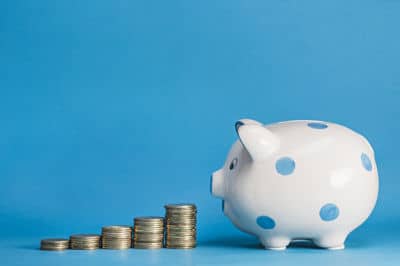What is Debt Recycling?

By Brad Martin, Financial Advisor
Clients often ask us if they should pay extra off their home loan or put money into an investment. Which one would be better from a tax and wealth building point of view? Sometimes the answer is both. This is the basis for a strategy called Debt Recycling.
What is debt?
Debt is a liability that you owe someone else for the purchase of an asset. Not all debt is considered bad from a financial planning point of view.
Bad debt
Debt that you have used to purchase the home you live in is, most of the time, necessary for you to be able to afford the property purchase. However because this debt is related to the purchase of your principal place of residence, you do not get a tax deduction for interest paid on it. We, therefore, consider this “bad” debt and it should be paid off as quickly as possible.
Good debt
On the other hand, debt that has been used to purchase an investment property or share portfolio will generally be eligible for a tax deduction for the interest paid to service that debt. In financial planning terms, this is considered “good debt”.
What is debt recycling?
One way that you can turn your debt against your house from bad debt to good debt is through debt recycling. Debt recycling involves increasing your debt against your principal place of residence and using these funds to buy an investment asset (shares or managed funds). The extra amount borrowed will now be eligible for a tax deduction on the interest. The investment should (subject to markets) grow in value over time and pay dividends or distributions. These dividends and distributions can then be used to pay down the “bad” debt part of the home loan.
At the end of the year you have paid the bad debt part down (through normal loan repayments and additional repayments from excess distributions and dividends) so you can increase the good debt part of the loan without changing the overall amount of debt you have in place (hence the term “recycling”). By redrawing down on additional “good debt” you can purchase more of your investment asset.
This process over time creates a multiplier effect. Because you have increased your investment asset by “good debt”, this increases your tax deduction for interest on that debt as well as the income from dividends and distributions. The net effect of this increased cash flow will allow you to pay down more principal off your bad debt in the following year. This, in turn, means you can borrow more of the “good debt” and so the process continues.
The result of debt recycling
The result of debt recycling is that you have an investment asset that is designed to grow and produce income over the long term and you have a loan against this asset with the interest being eligible for a tax deduction. Moreover, because the investment loan is secured against your principal place of residence, the interest rate is typically at home loan interest rates, which is usually the lowest form of interest available.
Debt recycling may not be for everyone. Increased leverage always incurs some risk, such as the risk of interest rates rising or the investment assets declining in value. So despite its benefits, you should always seek advice before implementing this type of strategy to ensure that it is right for you. If you would like to talk to someone about how debt recycling could benefit you then please contact us today.
Blueprint Planning Pty Ltd (ABN 78 097 264 554) trading as Blueprint Wealth and Brad Martin are Authorised Representatives of AMP Financial Planning Pty Limited are Authorised Representatives and Credit Representatives of AMP Financial Planning Pty Limited ABN 89 051 208 327 Australian Financial Services Licence 232706 and Australian Credit Licence 232706. This article contains general information only. It does not take into account your objectives, financial situation or needs. Please consider the appropriateness of the information in light of your personal circumstances.
